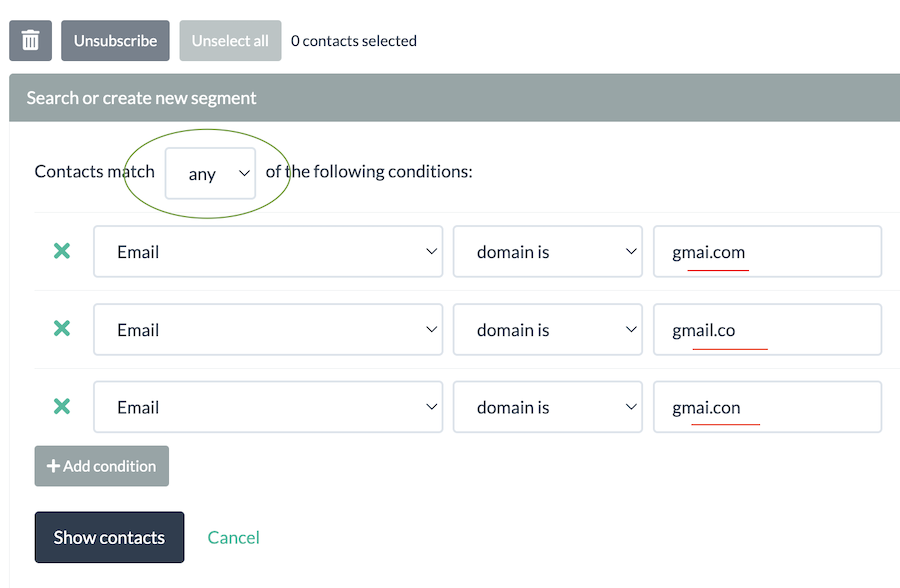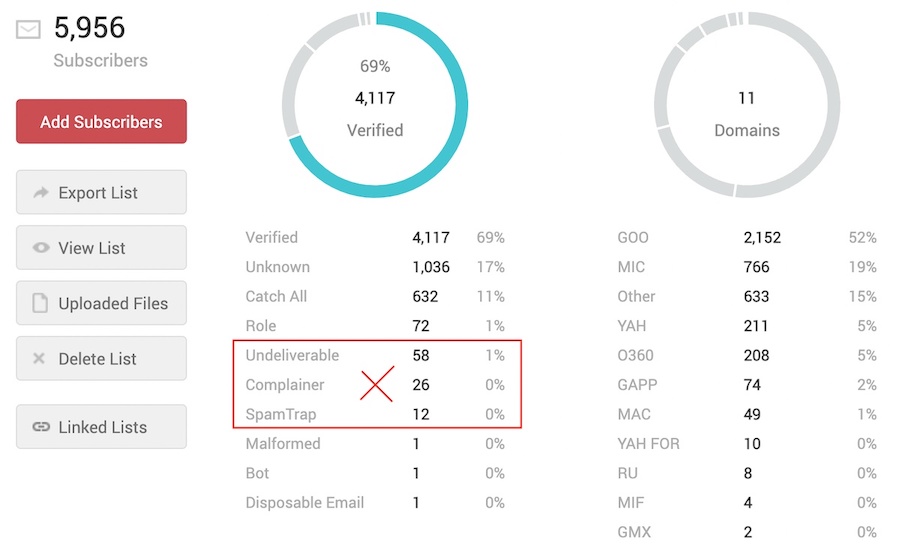Spam Traps – How to Avoid and Remove Them
Ever since Yahoo and Google announced their new sending guidelines in February 2024, there has been a lot of talk about email deliverability. Spam traps are not typically listed as a factor in prominent sources, but they can actually have a significant negative impact on sender reputation and deliverability. The more spam traps on your list, the bigger the impact on deliverability and inboxing.
What Are Spam Traps?
Spam traps are email addresses used to identify and monitor spam email by Internet Service Providers (ISPs), anti-spam organizations, and blocklist operators. Spam traps are used to identify senders who aren’t following email marketing best practices. They are intentionally difficult to identify, to support their mission of identifying bad actors.
The harsh reality is that most marketers have some spam traps on their lists, without even knowing. That’s because there are different ways to acquire them, some of them due to neglect, rather than poor intent.
Types of Spam Traps
A spam trap is an email address that’s not actively used, but is actively monitored.
There are several types of Spam Traps:
- Pristine
Pristine spam traps are email addresses created by ISPs and other organizations. The email addresses are embedded in websites, so when spammers scrape websites to grow their contact list, the spam traps end up in their list. Pristine spam traps are often found on purchased or rented lists as well. This is the worst type of spam trap to have on your list and can result in your domain getting blacklisted. - Recycled
Recycled spam traps are often domains or email addresses that were once valid but have been repurposed for trapping spam. Common examples are role addresses (sales@, info@, support@) or email addresses of employees who are no longer with the company.The recycled spam trap generally isn’t as harmful as the pristine spam trap, but will still cause damage to your sending reputation over time. - Typos (most common)
Emails with common typos, such as “gmial.com” instead of “gmail.com” or “yaho.com” instead of “yahoo.com” can also be used as spam traps. This could be an unintentional mistake of the person signing up but it can indicate that the sender is negligent in not regularly cleaning their contact list. The typo spam trap is most comment and isn’t as severe, but can still harm sender sending reputation.
How To Avoid Spam Traps
Since there are several types of spam traps there are different best practices marketers must follow to avoid them:
- Do not scrape (collect) email addresses from websites – either manually or automatically as part of your prospecting or lead generation. This is a sure way to get a lot of pristine spam traps onto your list.
- Do not purchase email lists – those often contain spam traps.
- Trim inactives – if an email doesn’t have any engagement history you should remove it after a period of time, depending on your sending frequency. A typical de-activation timeframe is 4-6 months.
- Implement email validation check on your webforms and/or verify your lists before importing them into your email marketing service (ESP) provider.
Common typos of top mailbox provider domains you can run a check for at signup step:
gmai.com, gmial.com, gmil.com, htmail.com, hotmil.com, hitmail.com, hotnail.com,
Also, consider these patterns:
- there is an extra .com added at the end of the domain – gmail.com.com, yahoo.com.com
- some character added after a legitimate domain – gmail.com123
If you find any emails matching patterns above you likely have x10-20 more spam traps on your list that you can’t easily identify yourself.
How to Remove Spam Traps
Removing spam traps from your list is challenging and expensive, but not impossible. Here are some options.
- Check your list against common typo domains (see highlighted section above) and remove email addresses that match the patterns.

- Use an email verification provider that can help you identify spam traps or score your subscribers for toxicity and risk. The way providers do it is a bit different, and the cost is significantly higher than for typical email verification service, so make sure to pick the one that works best for you. Here are a few providers that claim to identity spam traps (accuracy rate will vary):
- Bouncer (get 10% discount with our link) Toxicity Check is our preferred way to identify spam traps at BigMailer. We typically only remove emails with toxicity level 5, to avoid false positives. In our testing, Bouncer Toxicity Check can remove 50-90% of spam traps of a given list.
- EmailOversight comes at a higher price, but can identify additional spam traps, particularly for yahoo/aol addresses (recycled addresses spam traps). They identify not only spam traps, but complainers as well, in an easy to review report. You can also download any categories you need, which simplifies the process. However, we see EmailOversight report much higher number of Undeliverables (by 30-40%) compared to what other providers identify as invalid. That’s because they identify anyone with a fulll mailbox as Undeliverable, while the issue may be temporary and not permanent. We only recommend EmailOversight for spam trap removal on an existing list that’s free of bounces.

- ZeroBounce is a popular service that also claims to identify spam traps and results are split into separate csv files.

- BigMailer. If you are a BigMailer customer you can use our built-in email verification with spam trap removal during list imports or via APIs for adding contacts to BigMailer. We plan to offer a standalone tool sometime in 2025.
If budget allows, it may be best to use multiple providers to get the most spam traps identified, as their methodology and proprietary data vary.
If you are experiencing deliverability issues after removing spam traps and not sure what’s wrong check out our advanced deliverability article for more tips on deliverability and inboxing. Have more nuanced questions? Reach out to us via chat to see how we can help.
Happy email marketing!
Email Marketing Tips in Your Inbox
Only the good stuff - expert tips, best content, and no spam ever.